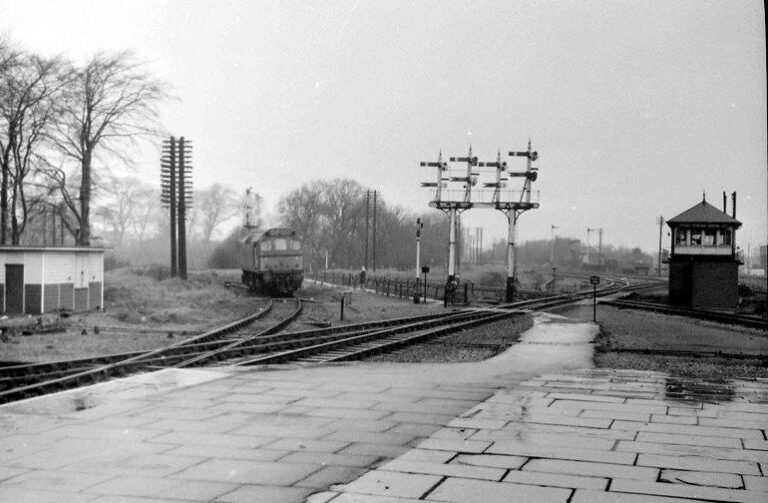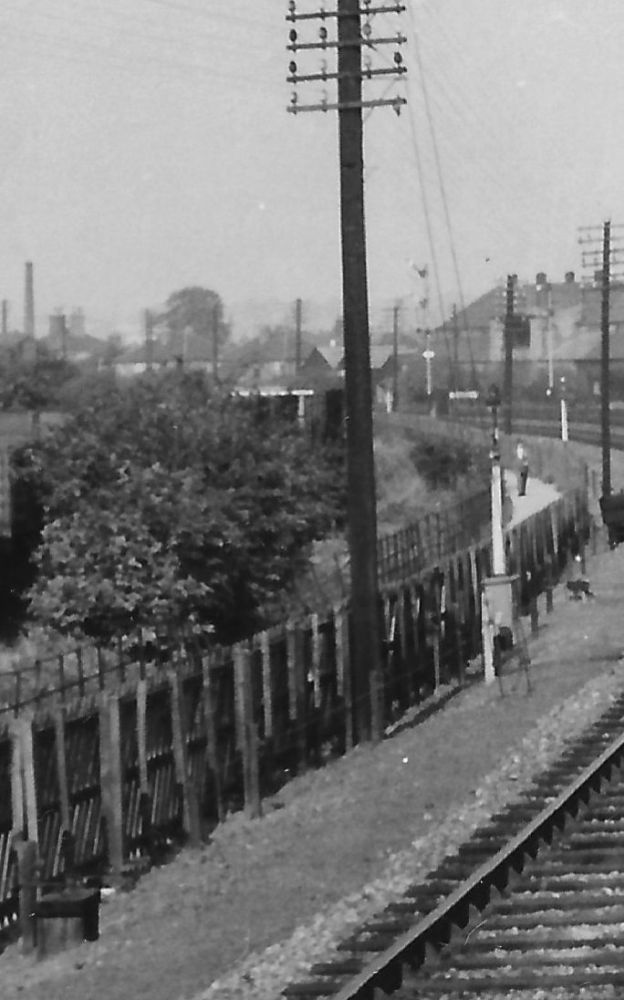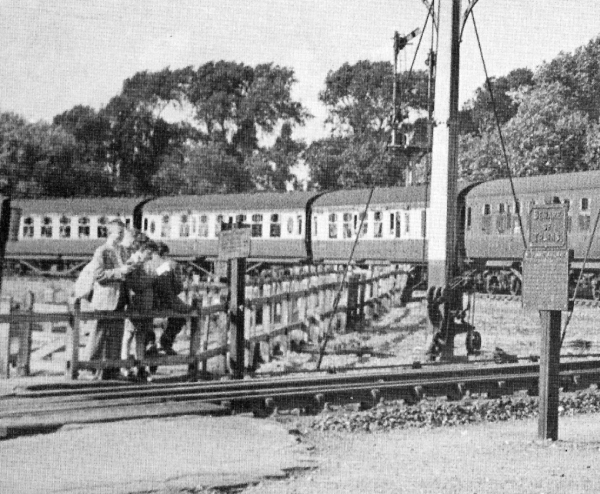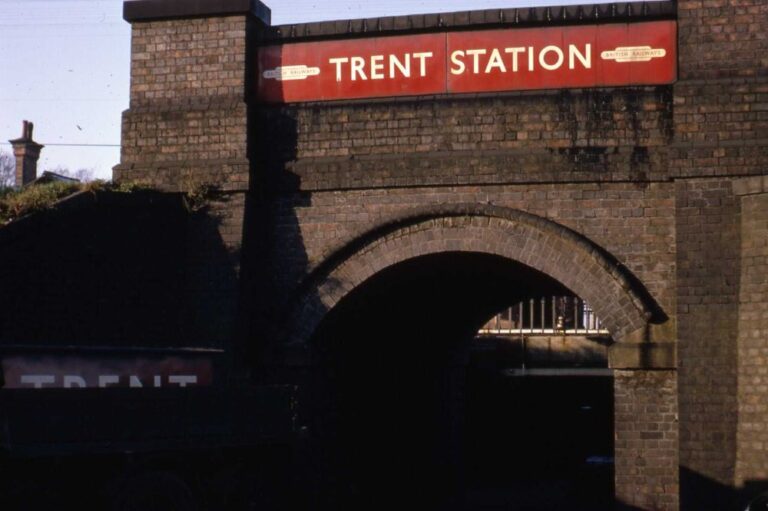When it was built, Trent Station was over half a mile from the edges of Long Eaton (to the North) and New Sawley (to the West). It was not designed to serve the local community and at first had no access from the town. Eventually a path was made from Station Street, between the line and New Tythe Street, past the Huss’s Lane footbridge to the Main Street level crossing (this part of the path is still there) and then the other side of the line, behind Claye’s wagon works and past Forbes Hole, before crossing the line by the Trent North signal box. At first this was for railway staff only, but it was opened to the public in 1888 and illuminated with gas lamps. The path was known locally as ‘Black Pad’, perhaps because such paths were usually made from cinders (although this path was later black tarmac). Today ‘Black Pad’ usually refers to the path from the end of Midland Street, across the lines to Toton sidings, although the name is sometime used for any longish twitchell (footpath) in the area.



In 1889 a cinder road was laid from Meadow Lane to the Rifle Range Lodge. There was a turning circle at the end but no parking. A pedestrian subway went under the tracks, with steps up to the platform. The steps from the underpass and black pad both led to the ramp at the end of the platform, by the ticket collector’s box. Platform tickets were 1d (later 2d) but those who went on to buy tickets at the booking office had the 1d/2d refunded.
There was no public transport and, apart from the Lodge, the only houses nearby were Trent Cottages. Anyone stranded for hours on the windswept platforms would find it a long walk into town.
Mike Heath recalls that the tunnel which provided access to the North end of the Station lead to a turning area on the lane. This was used by the British Rail transport van which would collect train crews from Trent and take them back to Toton. He remembers ‘travelling back one weekend with my parents from holiday when, due to track works, it was impossible to get a connection to Sawley Junction. Father was becoming frustrated as he couldn’t raise a local taxi on the telephone. Out of the night a train crew suddenly appeared. They realised our problem and when one of the crew recognised my father as a Toton driver he said “Come on Arthur we’ll give you a lift” and promptly dropped us all home. This was possibly my highlight of the holiday – a ride in a BR Minibus with the train crew’.
He also recalls that on the left-hand side of the tunnel (as you walked towards the Station) there was a raised wooden structure. His father explained that this had been provided to help access for passenger, rail crews and the post office (who collected mail) when the tunnel was affected by flooding.

